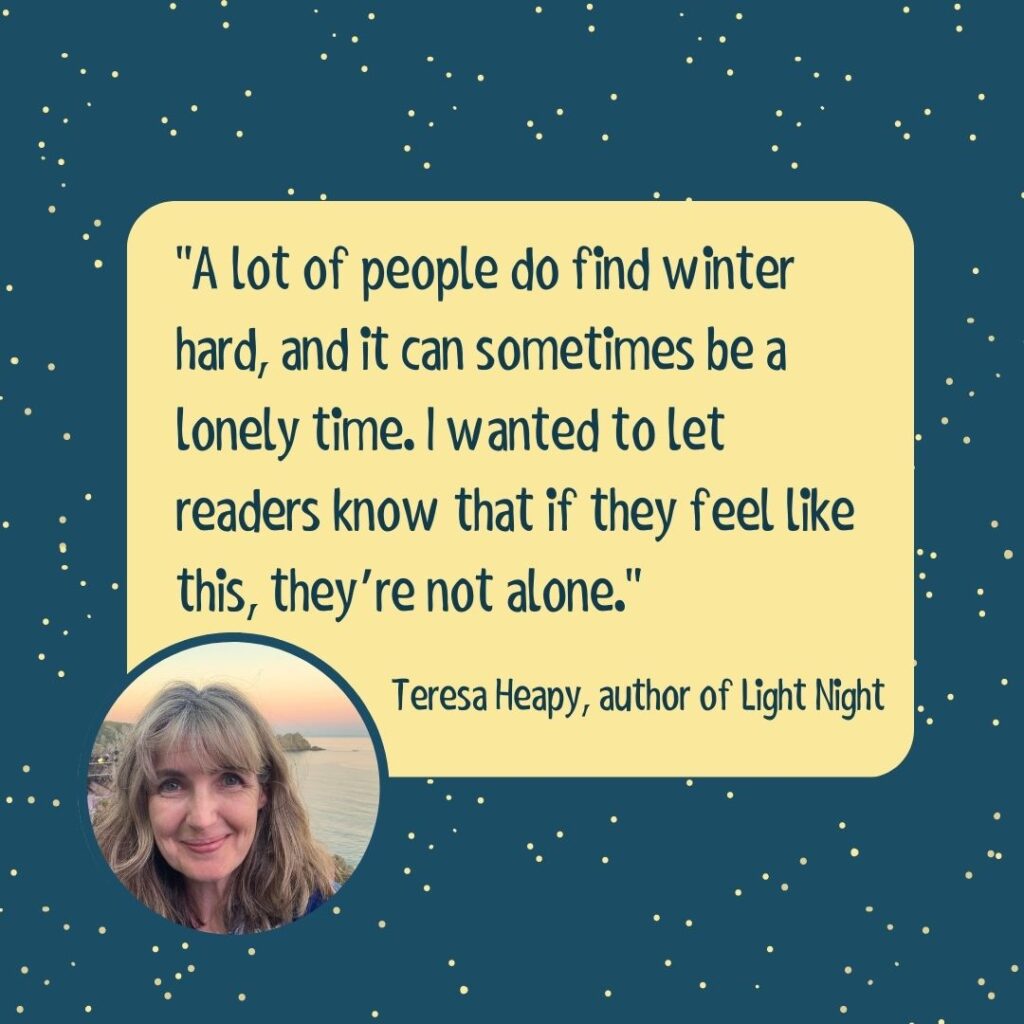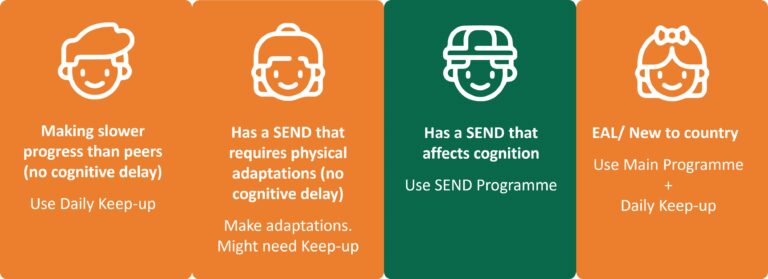Activity 1: How does capacity differ from volume?
Suitable for: Year 3 to Year 6
Learning Focus: To recognise the similarities and differences between capacity and volume
It’s no wonder that pupils get capacity and volume confused when many adults think they’re the same thing too. Capacity is how much of a material can be held by a container whilst volume is how much space is inside a container. The difference is definitely subtle!
In this activity, the pupils will carry out investigations in both measures and discuss the similarities and differences at the end of the activity.
Collect together a number of different size plastic or watertight boxes. Margarine tubs, ice cream containers, washing tablet boxes or similar are all ideal for the activity. For younger or less able pupils, stick to cuboids but for older or more able ones, you can use cylinders such as cans or bottles.
Ask the pupils to calculate the volume of them using the formula:
length x height x width for cuboids
or
Pi (Π) x radius x radius x height for bottles or cans
and enter the answers on the accompanying sheet: Volume and Capacity Investigation.
Now, using the same containers, use a measuring jug to fill them, making a note of how much water was needed each time.
The pupils should notice that the answers are similar if they’ve measured in cm and ml.
Explain to them that volume is measured in units cubed whilst capacity is measured in millilitres or litres (sometimes centilitres (cl) or ccs)
Can they tell you what was different about what it was they measured? Refining their answers should give them and you a clear definition of the two highlighting how they are different.
Activity 2: Capacity investigation
Suitable for: Year 3 to Year 6
Learning Focus: To be able to reason about capacity and volume
In this investigation, the pupils will be asked to mark accurate units of measurement on a container
Use the introductory sheet: Capacity investigation, for this activity to explain to the pupils what they need to do.
The activity will require them to use two containers of known capacity to mark the gradations in 100ml units on a third container.
If you need to extend the activity, ask the pupils to find out if they can carry on the activity up to two litres.



